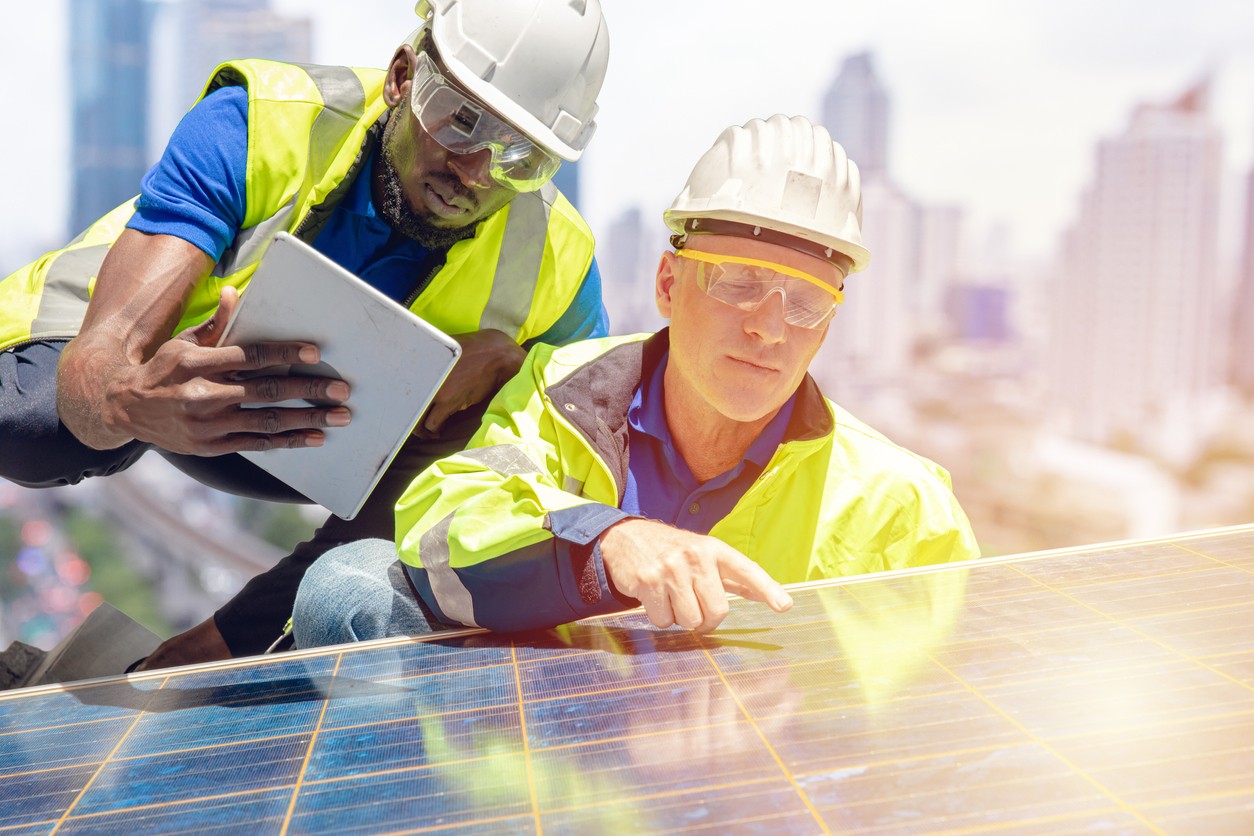
There are necessary design factors regarding commercial solar system design. Solar energy is a wise choice and a great investment. Many business owners are rushing to take advantage of the 30% federal tax credit for new solar systems.
The demand for clean energy is increasing in the modern world since it plays a crucial role in sustainability for both the present and future generations.
Several sources of clean and renewable energy include wind, solar, biogas, nuclear, and hydroelectric power. However, solar energy is more dependable and less expensive to install and maintain, making it the best choice when compared to other resources.
Solar photovoltaic systems are used to harness solar energy. There are several factors to consider while improving energy efficiency in your commercial building. The following are the factors to consider while designing the solar system.
Roof Inclination and Business Location
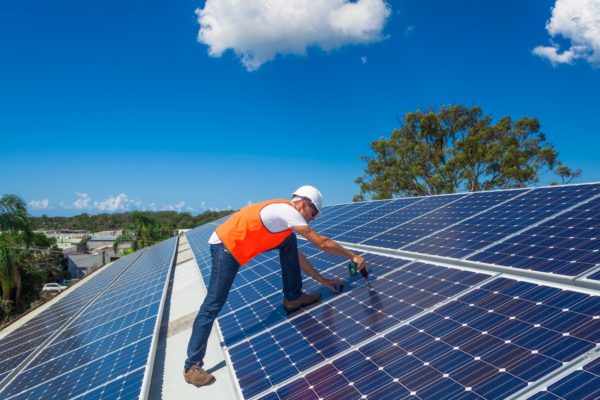
Solar panels function best in regions with broad sunshine coverage. Therefore an area receiving enough solar radiation is necessary for them to operate at their best. Solar users benefit from a location that receives more sunlight. Therefore, your business’s location plays a crucial part while designing the solar system.
Effective solar equipment doesn’t need to rely on the main grid for its power source. Anyone planning to install solar systems should ensure that sunlight is distributed evenly, or they should consider using stronger systems or more systems overall to make up for inefficient solar radiation.
You can maximize the ability of your systems to receive solar radiation if your solar provider can ensure that there is no obstruction in the installation region. You can also maximize your favorable interaction angle between the sun’s rays and the system surface. It is essential to incline the installation surface of your system.
Because of this, rooftops of commercial buildings should be inclined in the desired way for the PV solar systems to function at their best.
A solar array doesn’t harm your commercial roof if the mounting system is appropriate and fits on your structure. The roof and solar designers must communicate effectively for this to happen smoothly. The roof must be strong enough to support the solar array, especially if a ballasted racking system is used because it adds weight.
Materials for the roof and solar racking must also be compatible because they will be in contact for more than 20 years. Avoid using materials that will cause abrasion or corrosion problems.
Energy Requirement for Commercial Building
If you want your company to live off the grid, solar energy can supply all of the energy needs of a commercial building. You can make it possible by using powerful solar panels and setting them up properly to meet all the energy requirements.
The type of PV system you install on your property and whether it is partially or completely separated from the main grid plays a role in defining your energy needs for the building. It’ll need a solar system to provide partial energy if it is partially separated. It will depend on the PV system for all its energy needs if it is completely separated. You need to mount more powerful solar panels to supply all the needed electricity if you go off the grid.
Contracting Company

There are many benefits to choosing a certified solar business. Suppliers who provide you with high-quality equipment offer warranties and regular maintenance and service of the system. You can also find longer warranty durations of more than 10 years from these providers.
Furthermore, they also conduct a professional installation of the systems. It is crucial to research the top businesses that get the job done. You can get more help by looking at customer references.
You have to get the best type of solar system to fulfill the requirements of your energy needs for your commercial solar system. Depending on the business that manufactures solar panels, different sizes and performance capacities are designed for different solar systems.
Some businesses manufacture high-quality solar systems with optimum performance to efficiently supply the needed power. Big solar companies use the most recent technologies to manufacture and install commercial solar panels.
They have trained staff members who supervise the installation process and confirm its efficacy. Authorized businesses determine if your property meets the criteria for mounting solar panels, and they advise you on permits for installations.
This plays a critical role in reducing the likelihood of getting into trouble with the law and receiving a fine after the equipment has already been used.
Choose Bifacial Solar Panels for a Reflective Surface
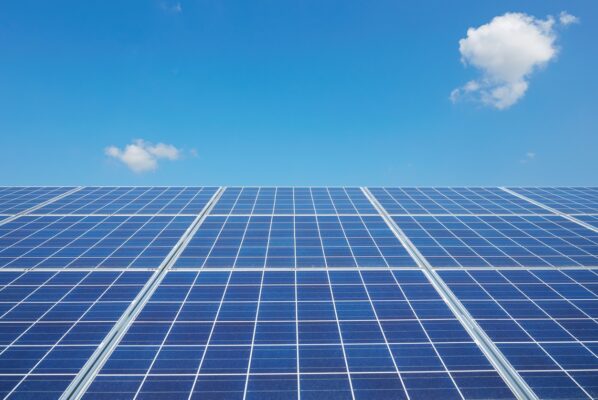
Solar panels lose efficiency as their working temperature rises. When you use high-quality PV modules, the degree of loss reduces by 0.5%, but it adds up over time as the temperature rises. For instance, a 24°C increase in the working temperature of solar panels will cause a 12% decrease in production.
- On opaque roofs, solar panels often operate at higher temperatures because they collect more sunlight.
- You can lower the temperature of solar panels and increase their ability to produce power by using a reflecting roof surface.
Bifacial solar panels have their photovoltaic cells exposed from above and below, which can produce even higher results. This means they produce energy from sunlight that directly reaches them, unlike traditional solar panels.
How Durable is the System?
The life spans of photovoltaic systems have specific times when they work at their best. When you purchase a solar system for commercial use, it is necessary to consider its lifespan, which might last for many years.
Contracting with licensed firms for supply and installation gives you more benefits because they offer high-quality products with longer warranties, demonstrating that solar systems will last longer before losing their usage value.
Analyze and consider the specifics of the construction process of the system, or it’ll end up problematic and be disastrous in the future.
How Much Time the Project Will Take?
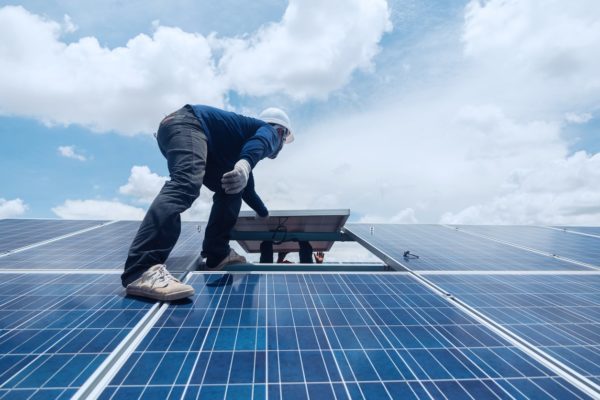
The duration of installation may also change depending on the energy needs of your commercial property. Higher energy needs indicate that you need to mount more panels, and the installation process will take longer.
If you need low energy from the panels, the installation process will finish earlier. Therefore, one must allocate time according to the project’s needs to supervise the installation process.
Depending on the scope of the work, the installation period may last a few days, weeks, or even months. Established businesses with a large workforce can complete the procedure in a short amount of time, cutting down on operating costs.
Installation Cost of the Entire System
When opting to integrate solar systems into your company, it is necessary to understand the installation cost. However, the price of solar installation has significantly decreased due to the interest in using clean energy and the global support for the green initiative.
To encourage more individuals to adopt the use of sustainable energy, the majority of governments have adopted tax breaks and refunds. It represents a significant advancement toward creating a sustainable environment for communities now and in the future.
After considering rebates and tax breaks, you must ensure that the project’s funding is enough to prevent delays after the installation has started.
In short, solar technology is important for a variety of reasons. Since it is affordable and accessible, there is no prospect of paying monthly electricity bills. Due to government incentives and tax breaks, it can vastly benefit your business. Additionally, it also has minimal installation and maintenance expenses. Overall, solar will always be environmentally beneficial because it doesn’t emit any potentially harmful substances.
In contrast to other energy sources, it does not experience power surges that could harm your infrastructure. You must focus on the above factors to improve effectiveness and achieve the best performance of the solar systems after installation.
Consider Maintenance Needs for Solar Layout
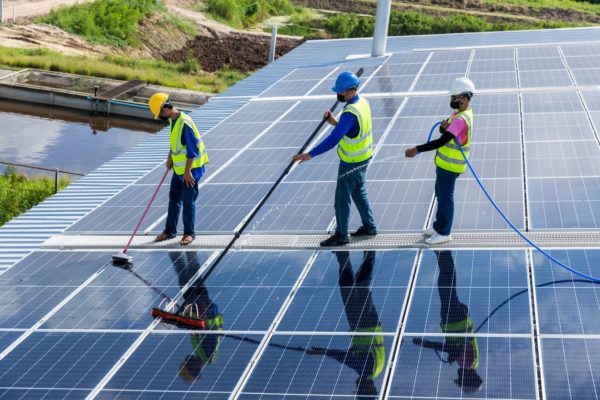
Drainage systems and vents are also on commercial rooftops, often used for HVAC equipment, including cooling towers and air-cooled chillers. If you’re considering installing a solar PV array, its design shouldn’t obstruct the upkeep and operation of HVAC equipment. You should also consider the maintenance requirements of your roof. Coldwell Solar can help you optimize your roof plan.
The commercial solar array should ideally be divided into panels with enough room between them to allow for maintenance. If necessary, you can quickly access a particular panel or roof location with this layout. On the other hand, reaching the center of a commercial solar array is challenging when there is not enough distance between the rows of panels.
Coldwell Solar Offers Commercial Solar Services
Before you install commercial solar panels for your business, you must consider a few factors beforehand. You must know where your business is located, how inclined your rooftop is, how much energy your commercial building needs, who your contracting company is, and much more. Meet your rooftop designer and solar provider to understand the structure better. You should ask your solar provider how much the project will take and the commercial solar panel installation cost.
To start your next commercial solar project and to receive for detailed information regarding solar panel installation, contact Coldwell Solar today!

